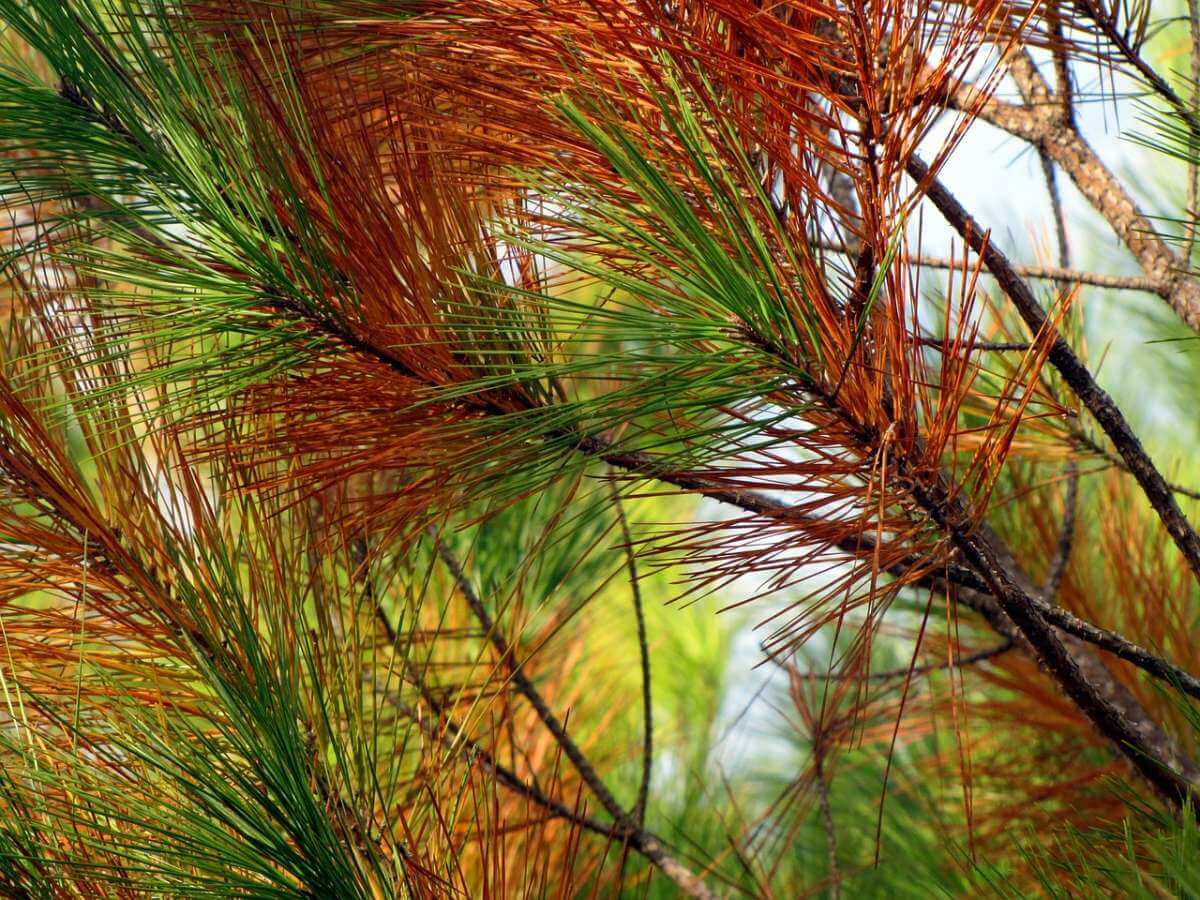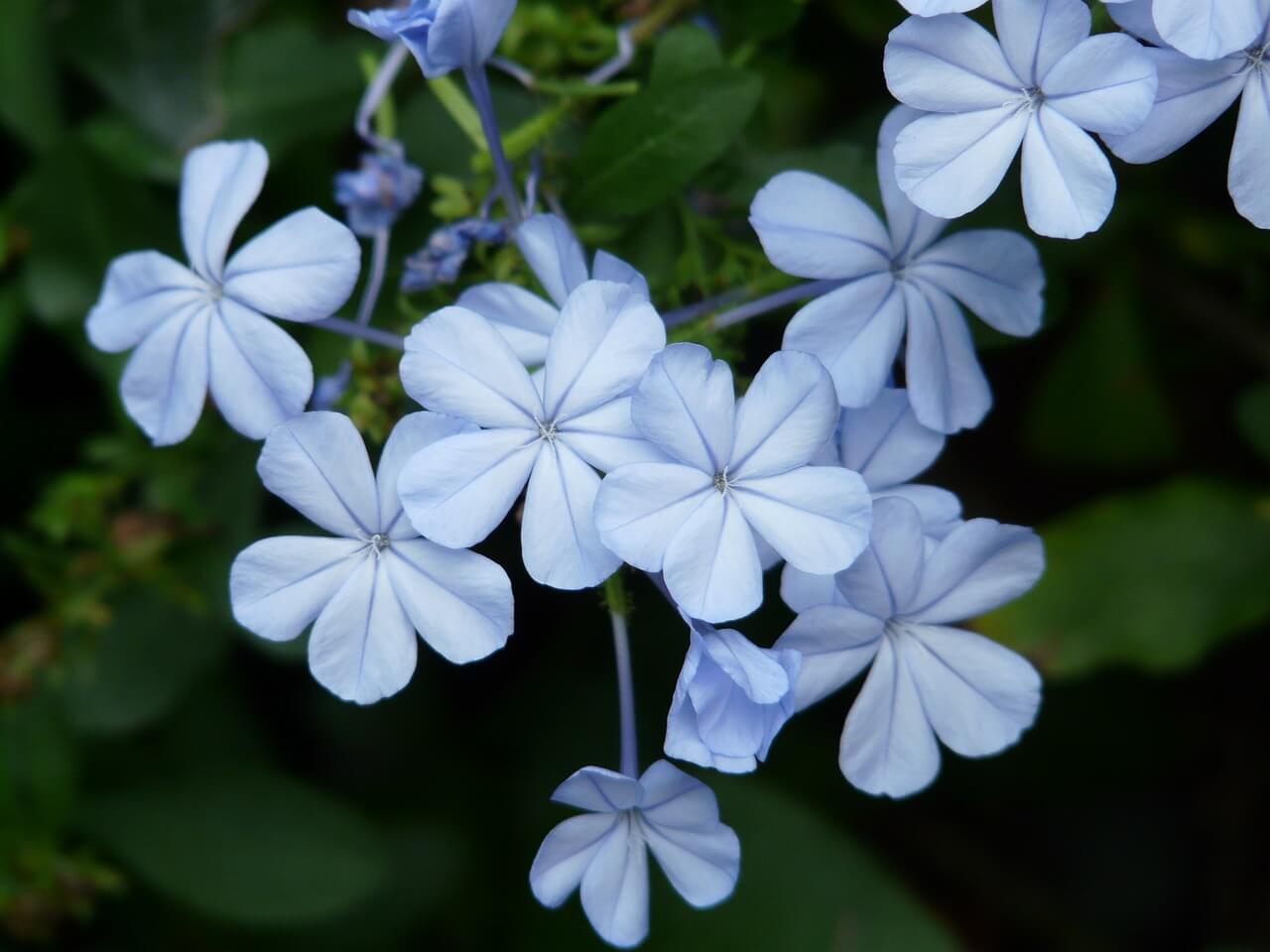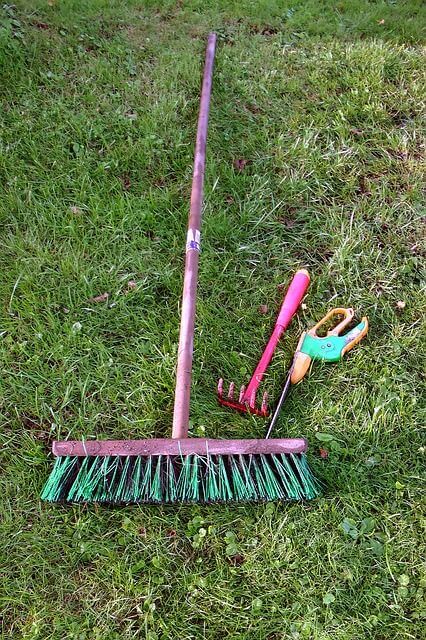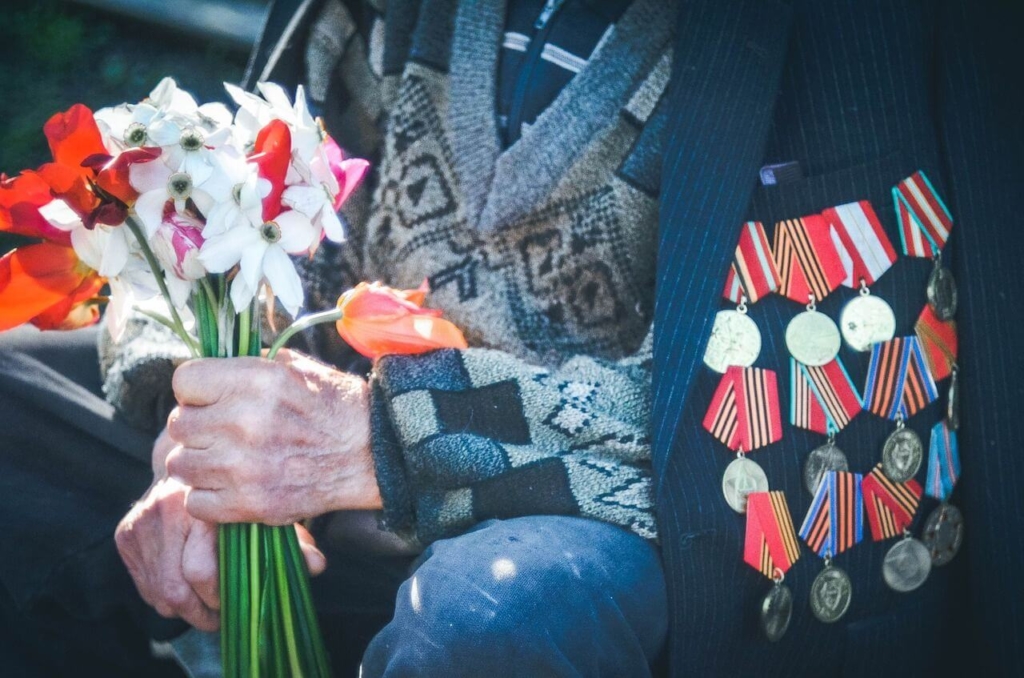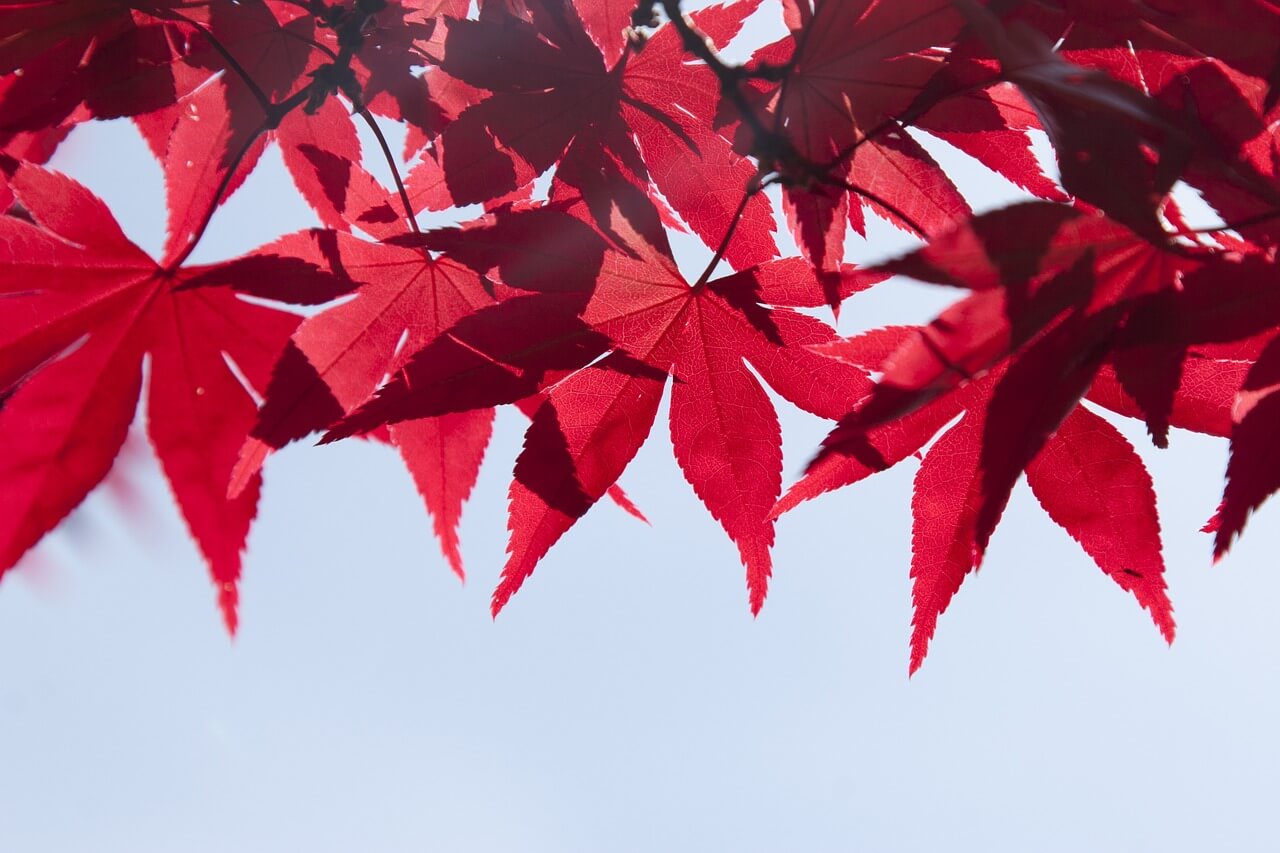Fall, what a wonderful time in Denver. The weather offers several variations during the day, presenting mild morning temperatures and cooler nights. It’s a time to turn off the A/C and enjoy all the outdoor beauty Colorado has to offer. If you’re looking around your backyard, enjoying a hike in the mountains, or wandering through a park in the city, you will see trees changing all over – colors turn from green to burnt yellows, oranges and reds. You might notice that the pines and spruce trees may be experiencing what is known as fall needle drop. It can be alarming to people but don’t worry this is a normal cycle of shedding and regrowth according to the tree pros at American Arbor Care in Denver.
Here are three reasons you shouldn’t worry about fall needle drop:
It’s A Normal Cycle in Early Fall
Just like the leaves of the aspen, oak and maple trees change colors, marking the end of summertime and the beginning of fall, spruce and pine trees experience needle color change and shedding as well, however, this cycle is less frequent. Branch shedding is also a natural phenomenon. To determine the cause of that branch on the ground, look for some of the tell-tale signs of branch shedding:
- There are no gnaw marks on the break
- The break is clean, without splintering
- The branch and its prior place on the tree look like a “ball & socket”
Trees Have Different Shedding Cycles
Typically, depending on the age and size of the tree, needles will change color and drop every 2-7 years. Don’t be alarmed if you notice your trees are changing and shedding their needles at different times. Spruce trees tend to shed their needles every 5 to 7 years while pine trees shed more often, usually every 2 to 5 years.
If It Was A Dry Summer
When trees are not provided enough water or food, needle drop will be more severe and begin earlier in the summer. It’s important to provide your trees with proper nutrition to make sure they stay healthy and happy, even in adverse conditions.
Pay attention to these natural cycles and enlist help from your local Denver tree pros at American Arbor Care when you feel that your trees may be experiencing more than natural needle shedding or branch shedding. There are several diseases that cause needle drop as well. To name a few, Cytospora canker, most common in mature Colorado Blue Spruce trees, is a fungal disease. Rhizosphaera needlecast attacks several branches at one time – turning the needles spotted and speckled with yellow blotches. Spider mites could also be a cause of unnatural needle shedding. To learn more about these problems, visit the Planttalk Colorado or check out our past article about early fall needle drop. These issues will be best diagnosed by your trusted Denver Arborist, so enlist help from American Arbor Care!
American Arbor Care is conveniently located in Denver to serve all your tree, shrub and lawn care needs. Contact us now or call us at 303-639-8584 to set up an appointment.

